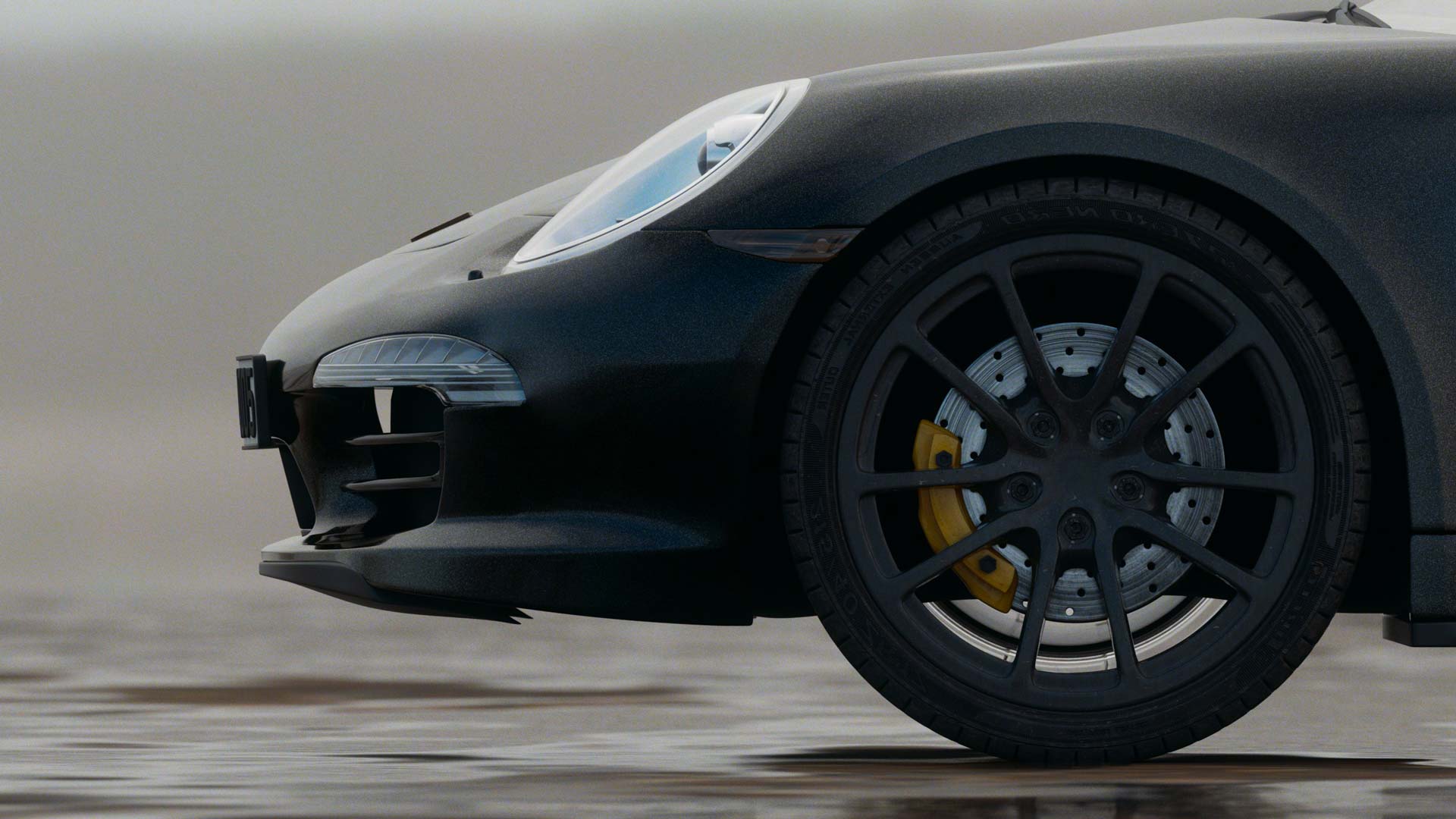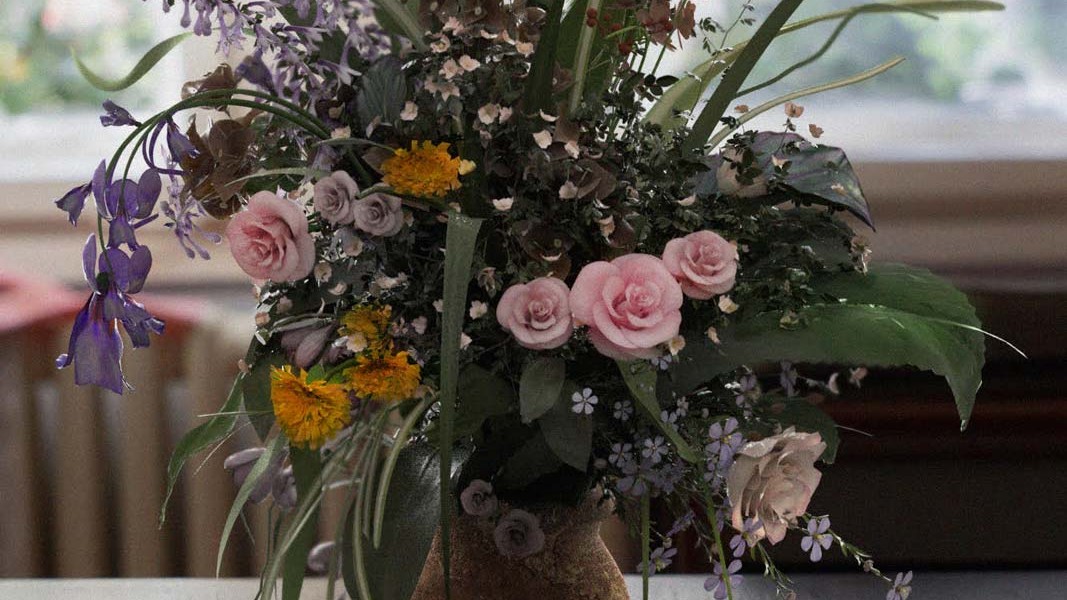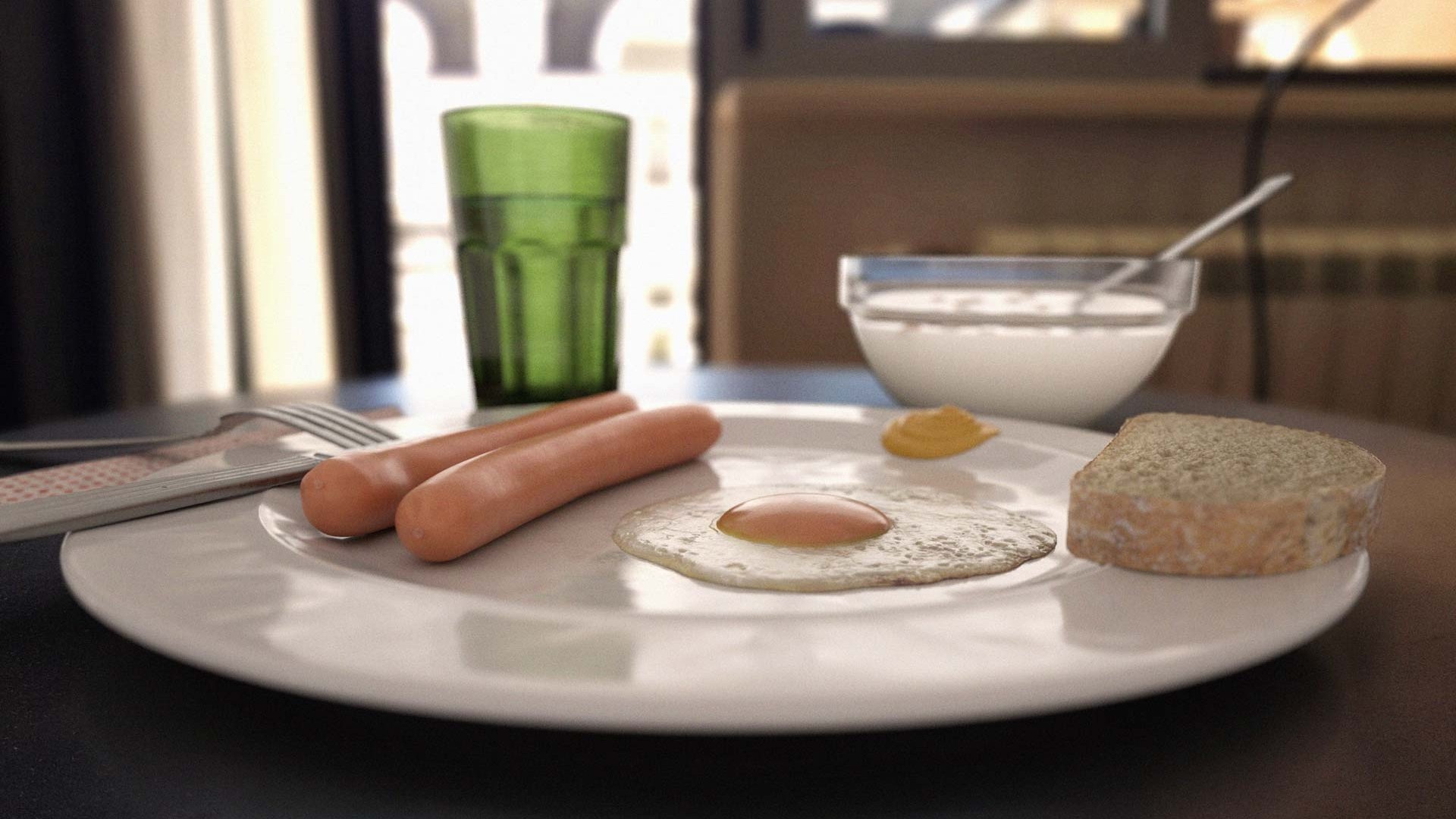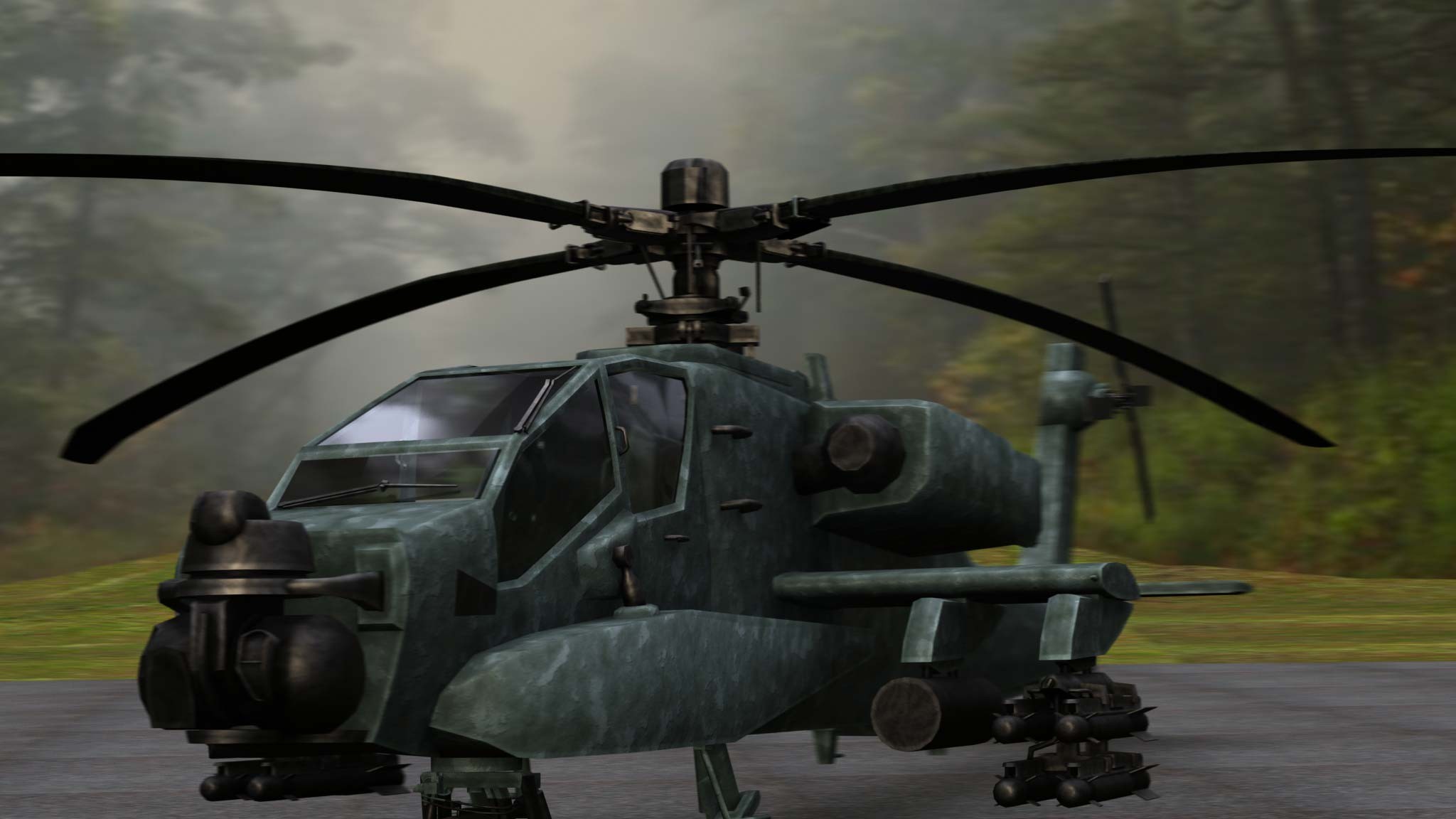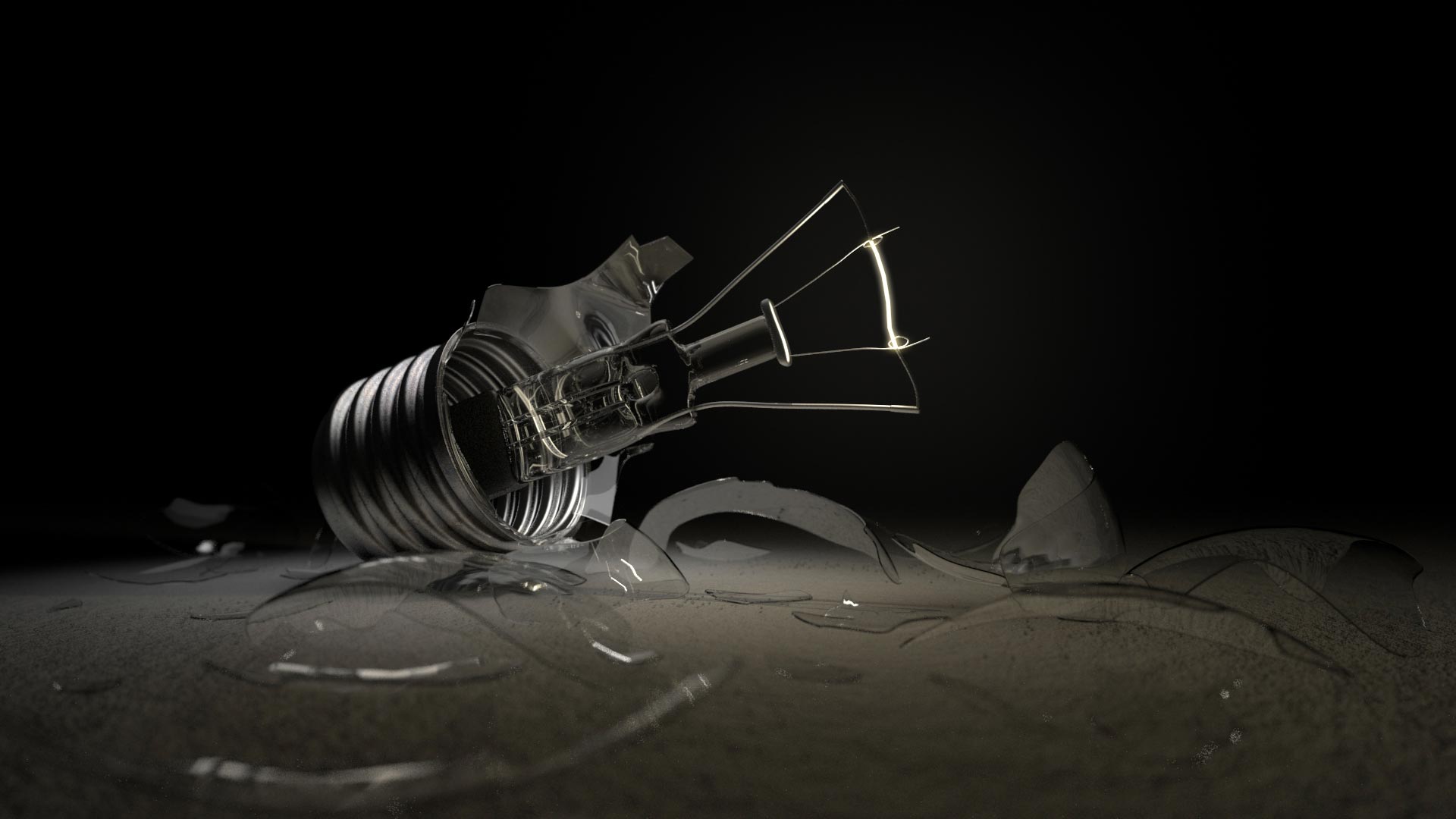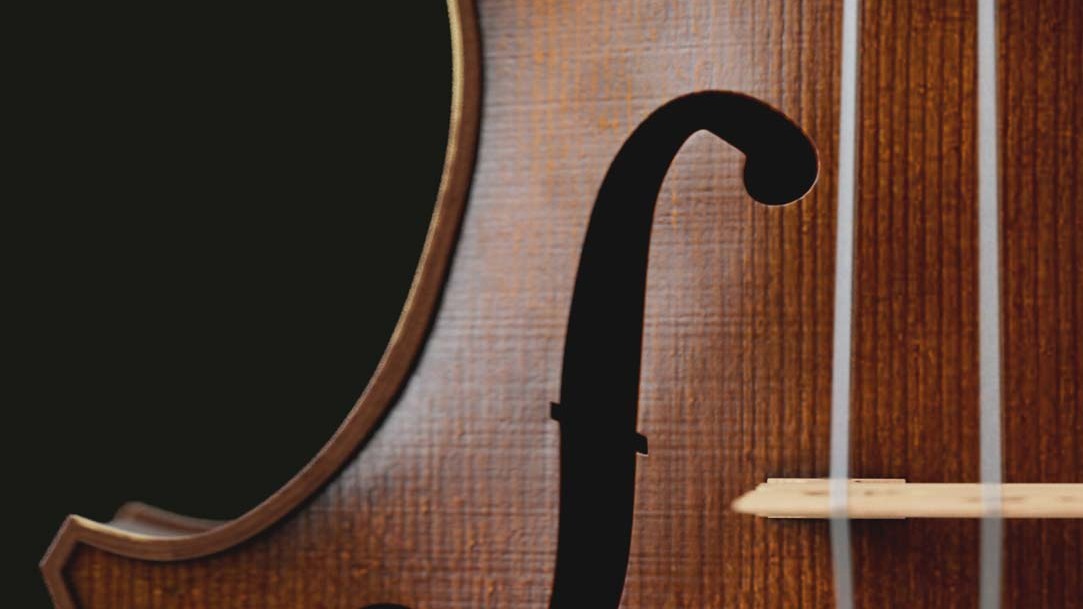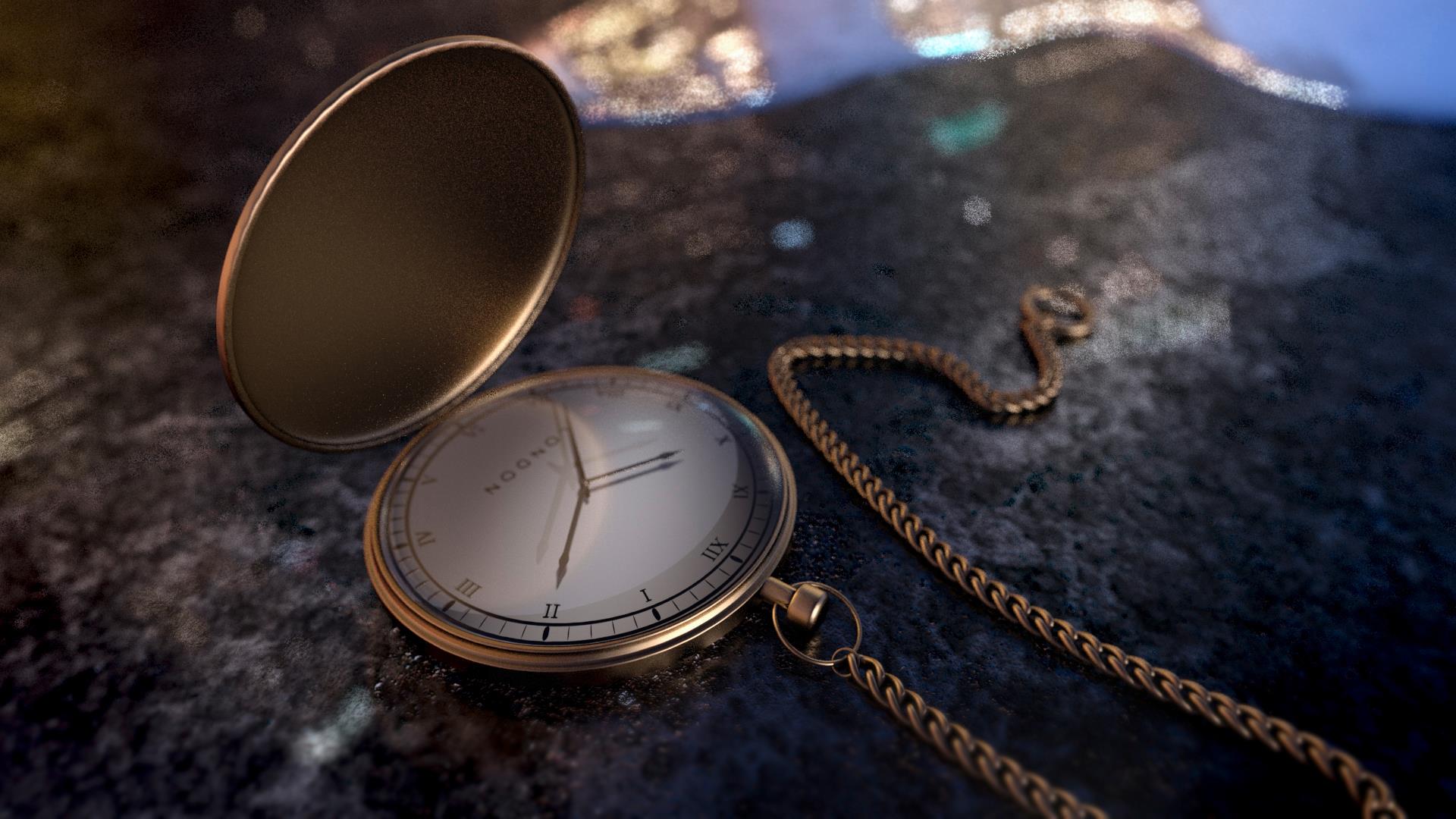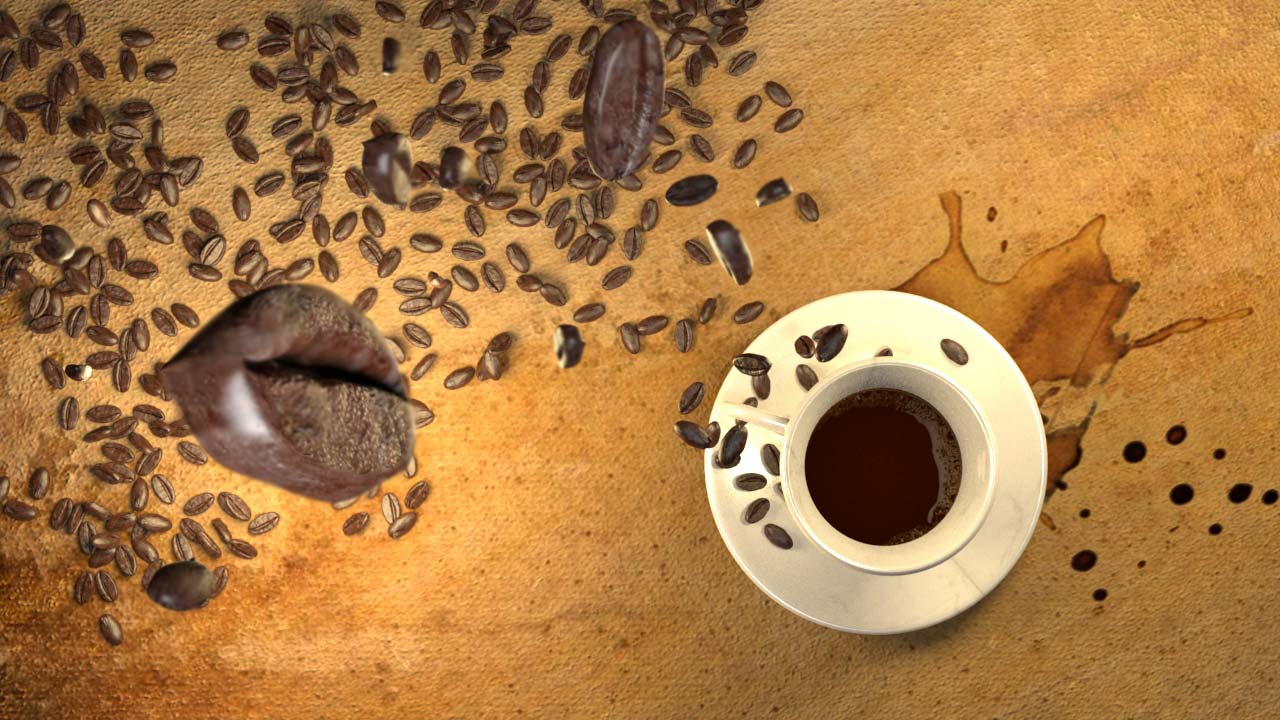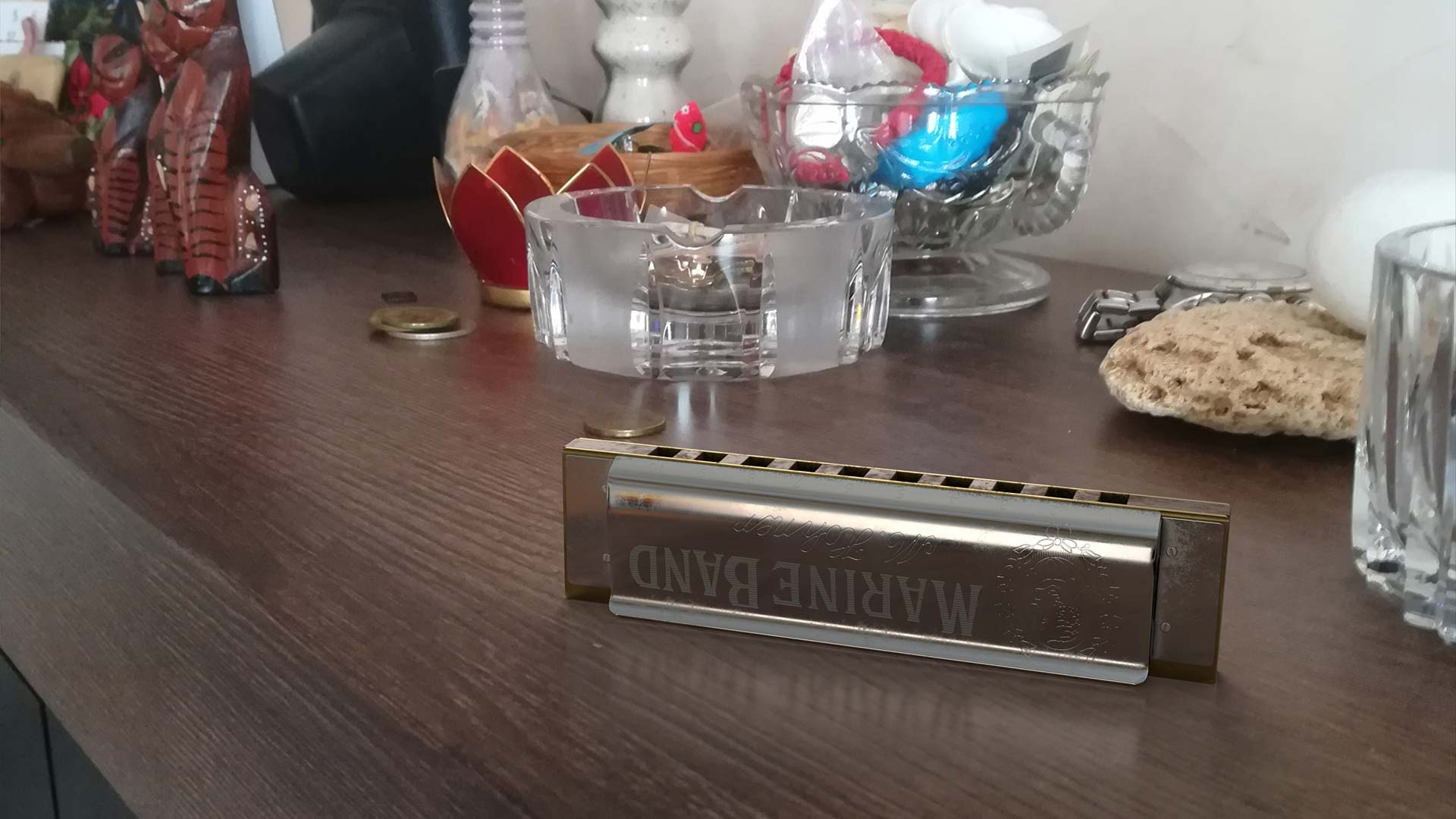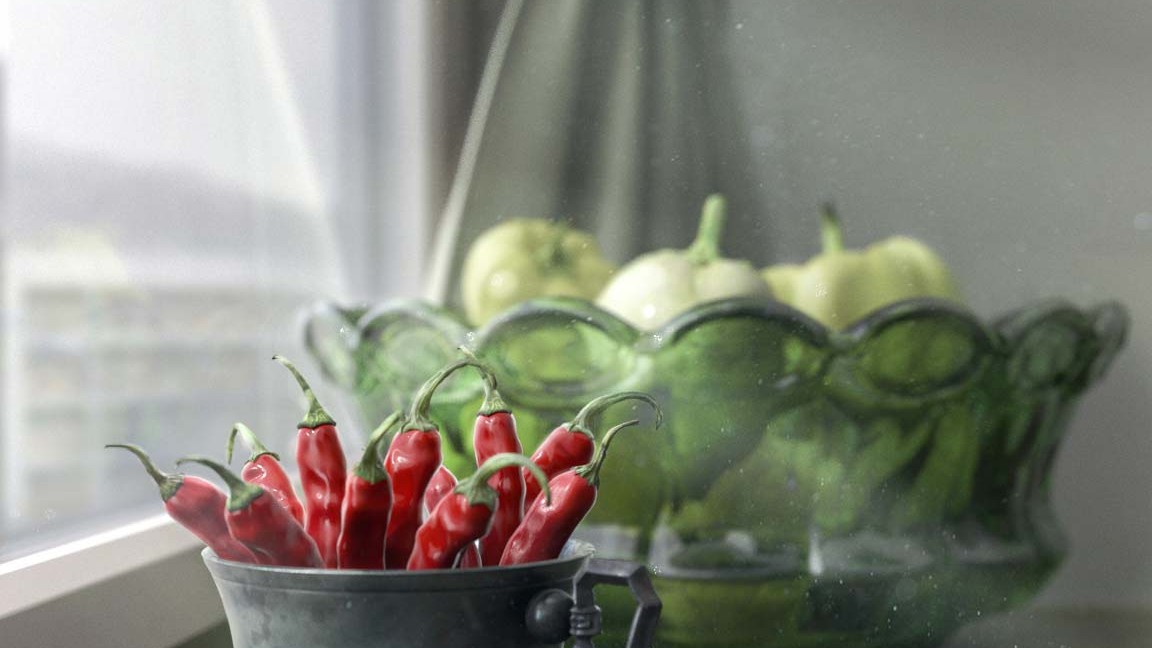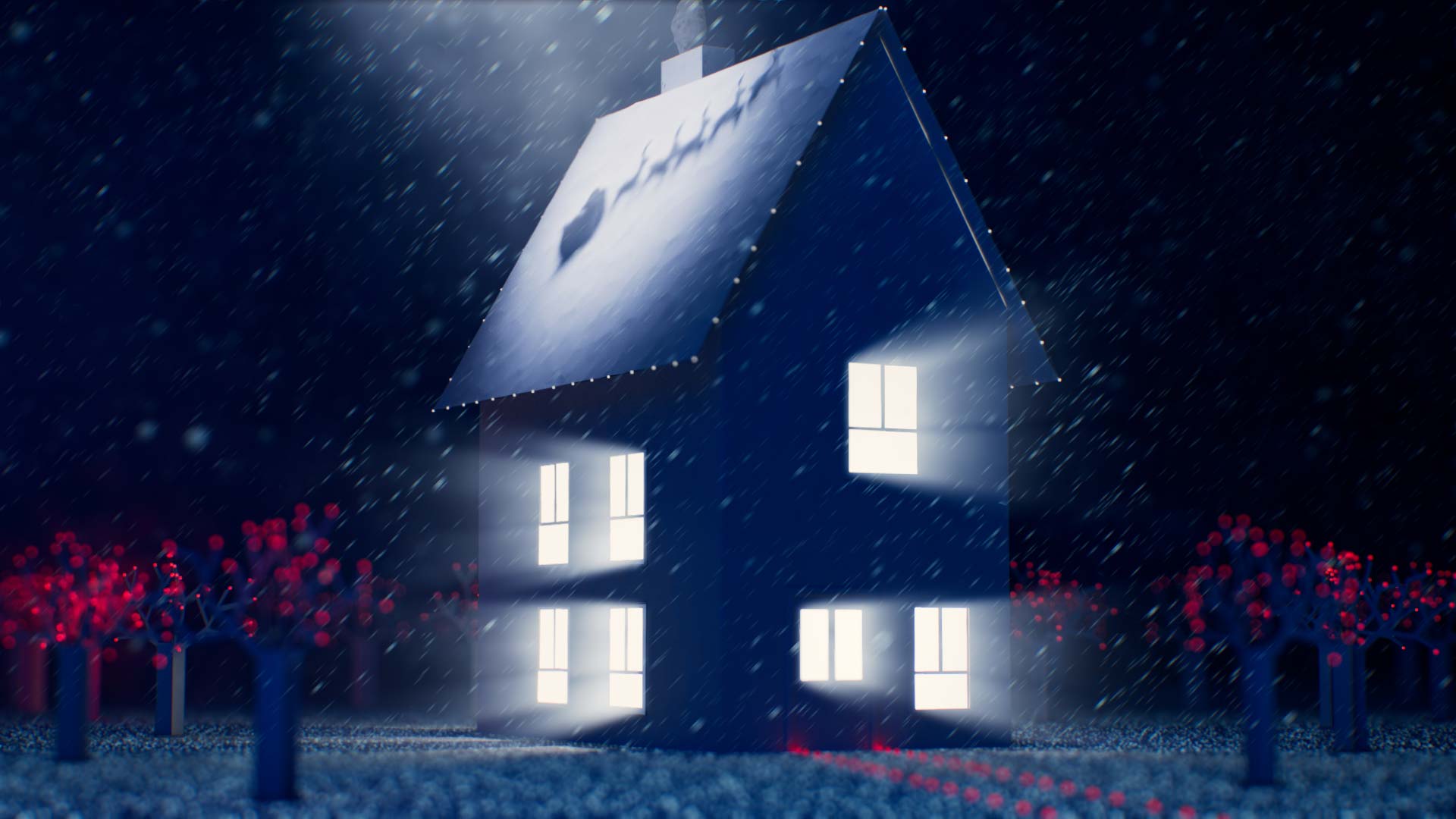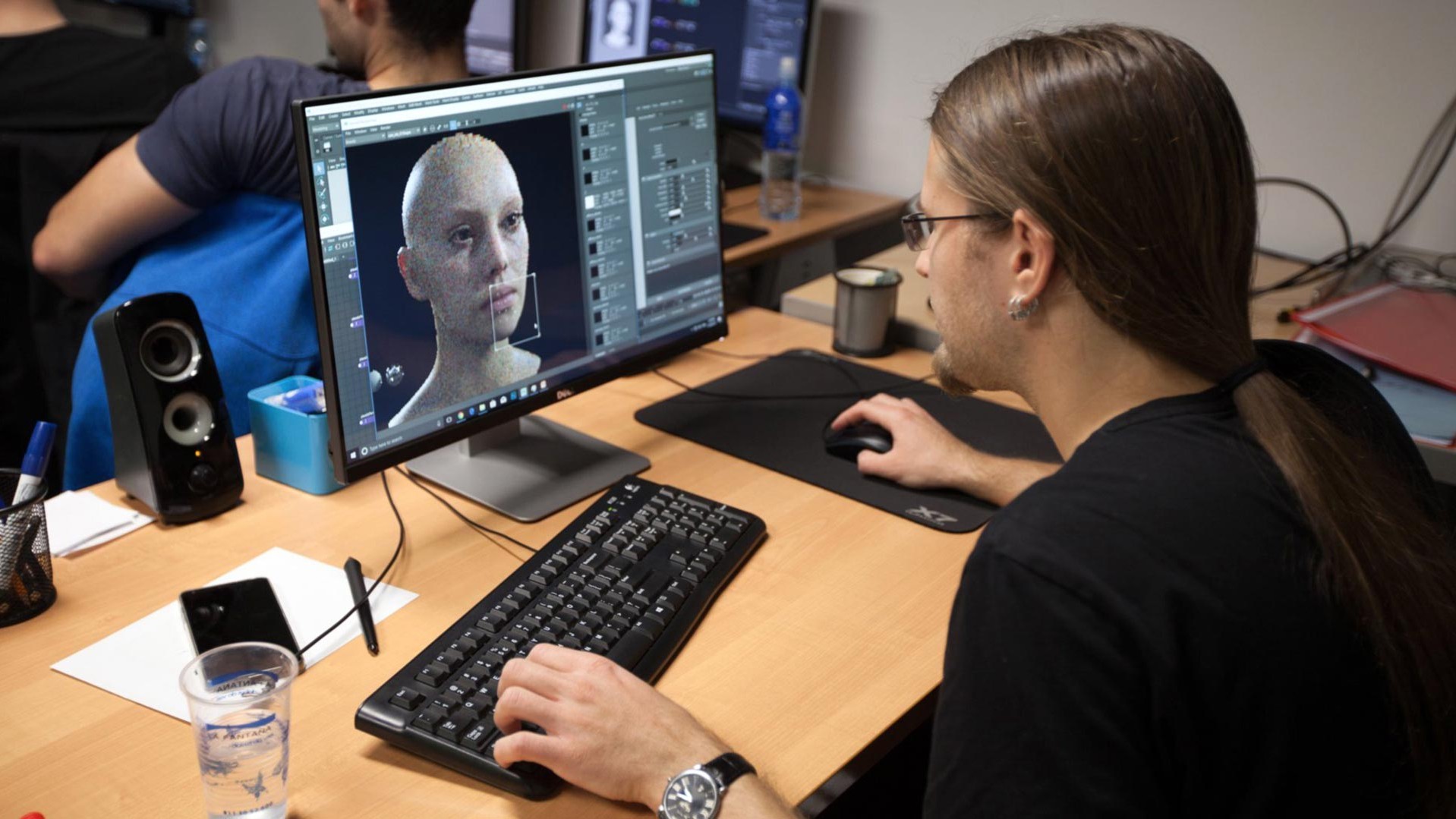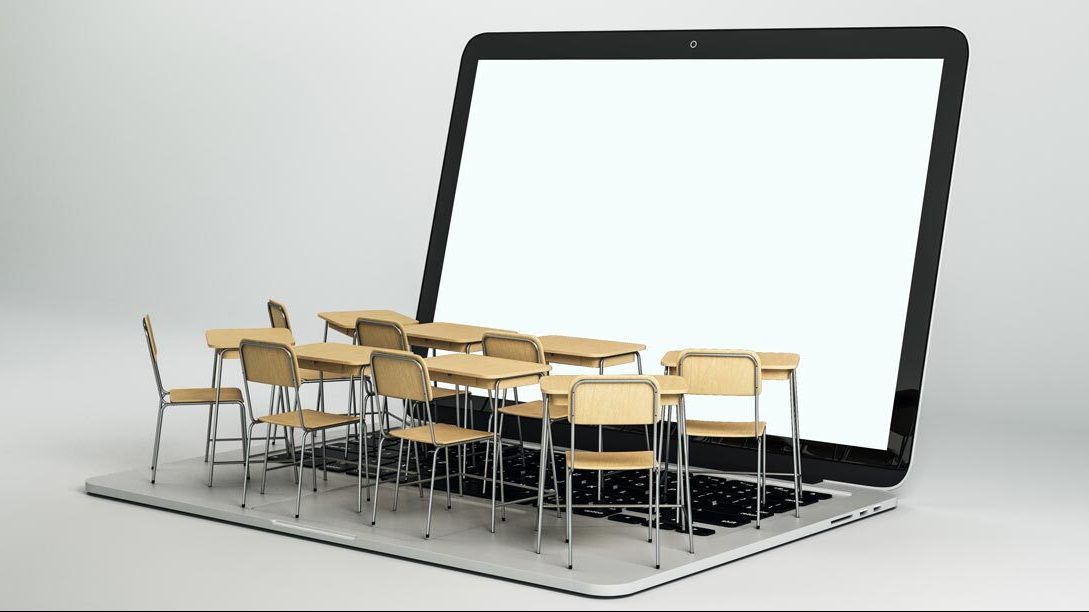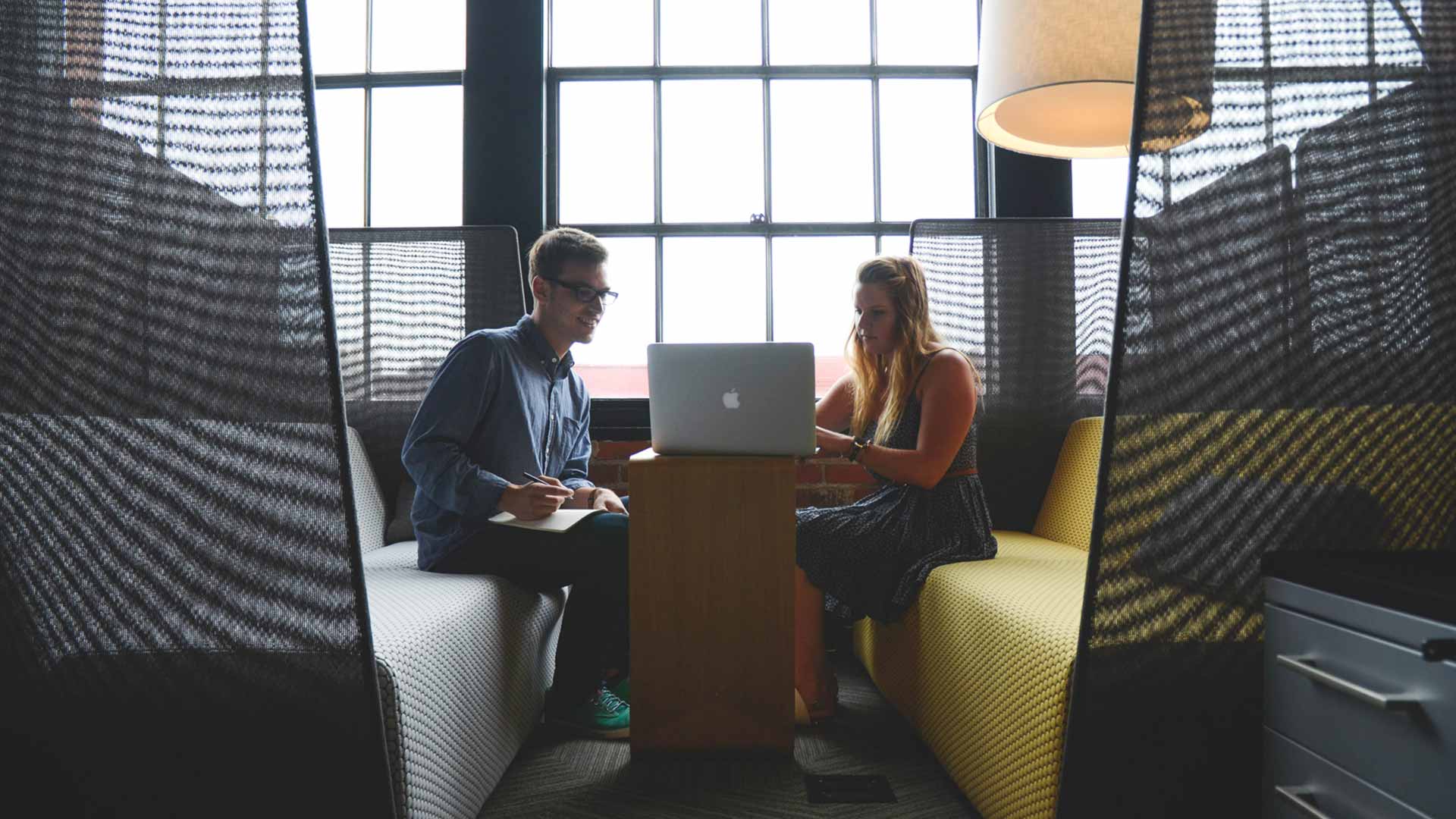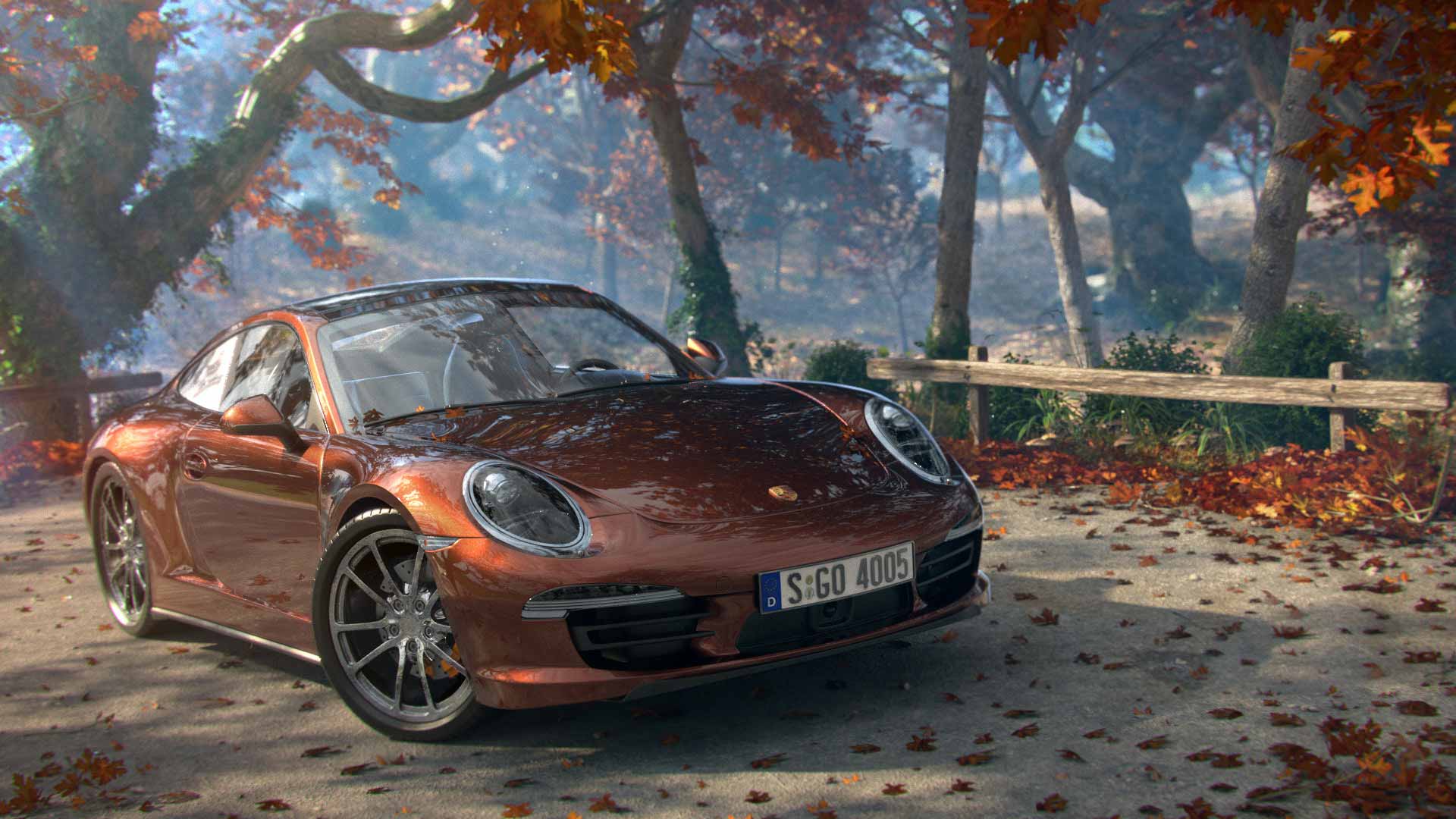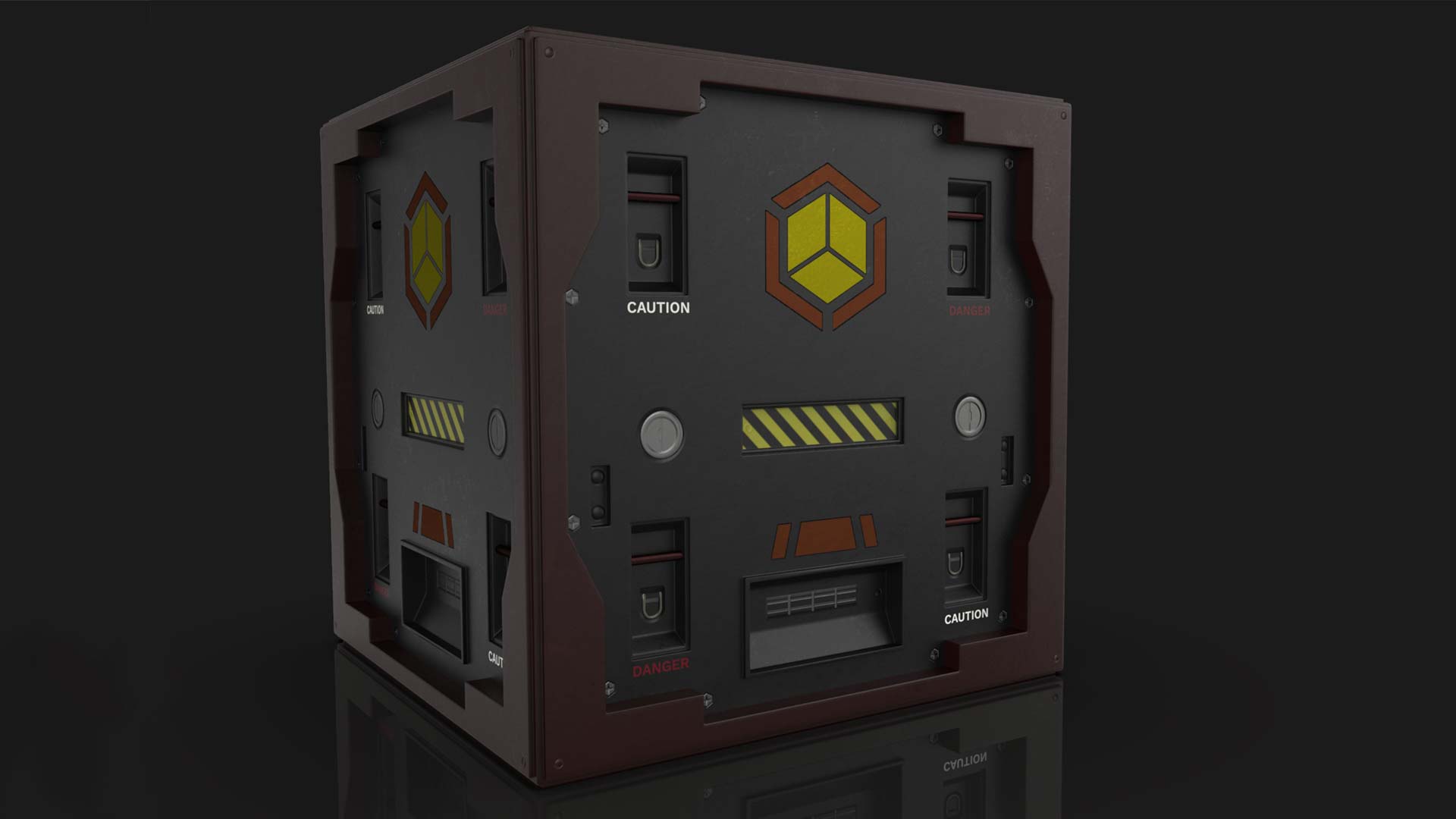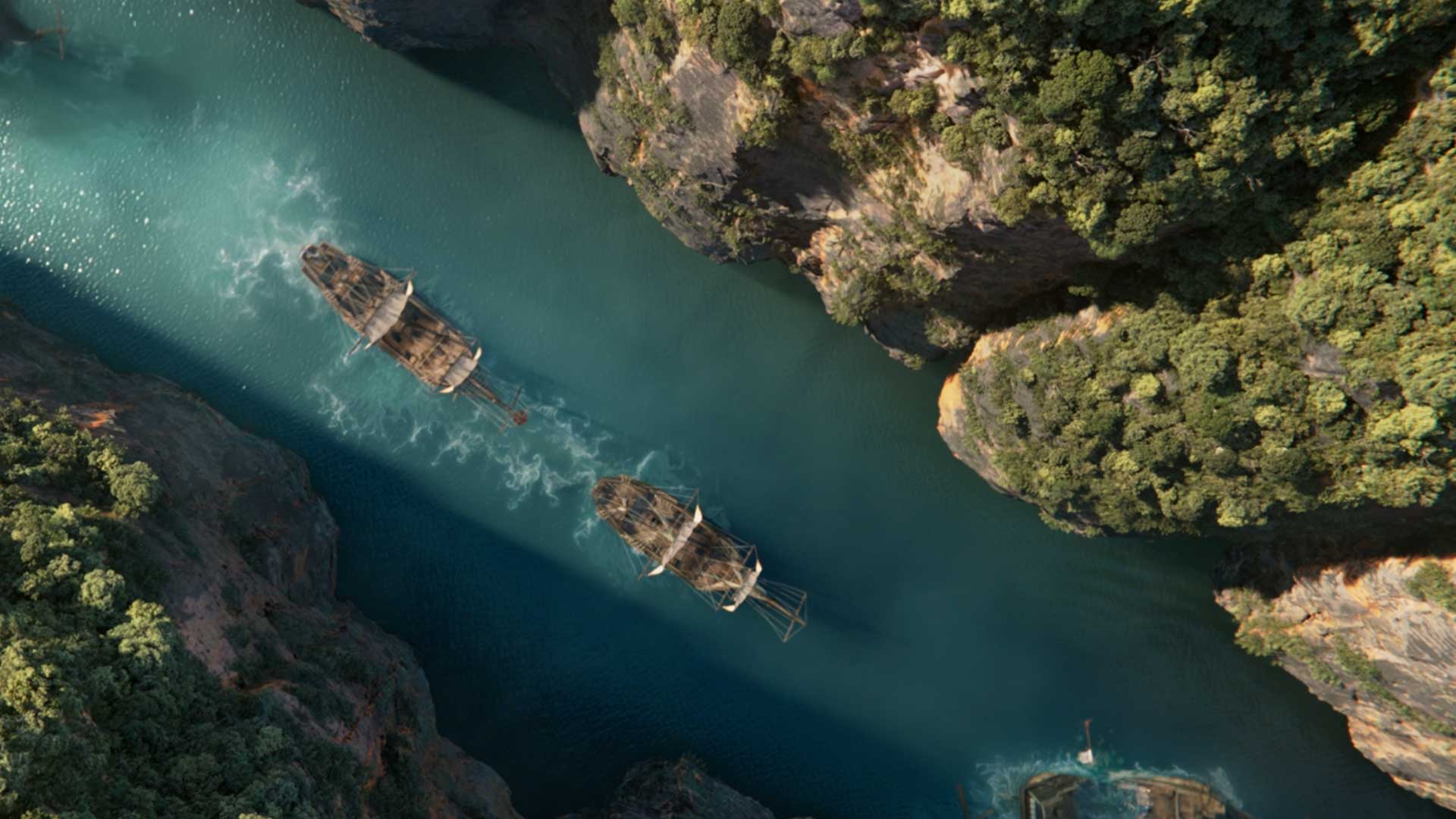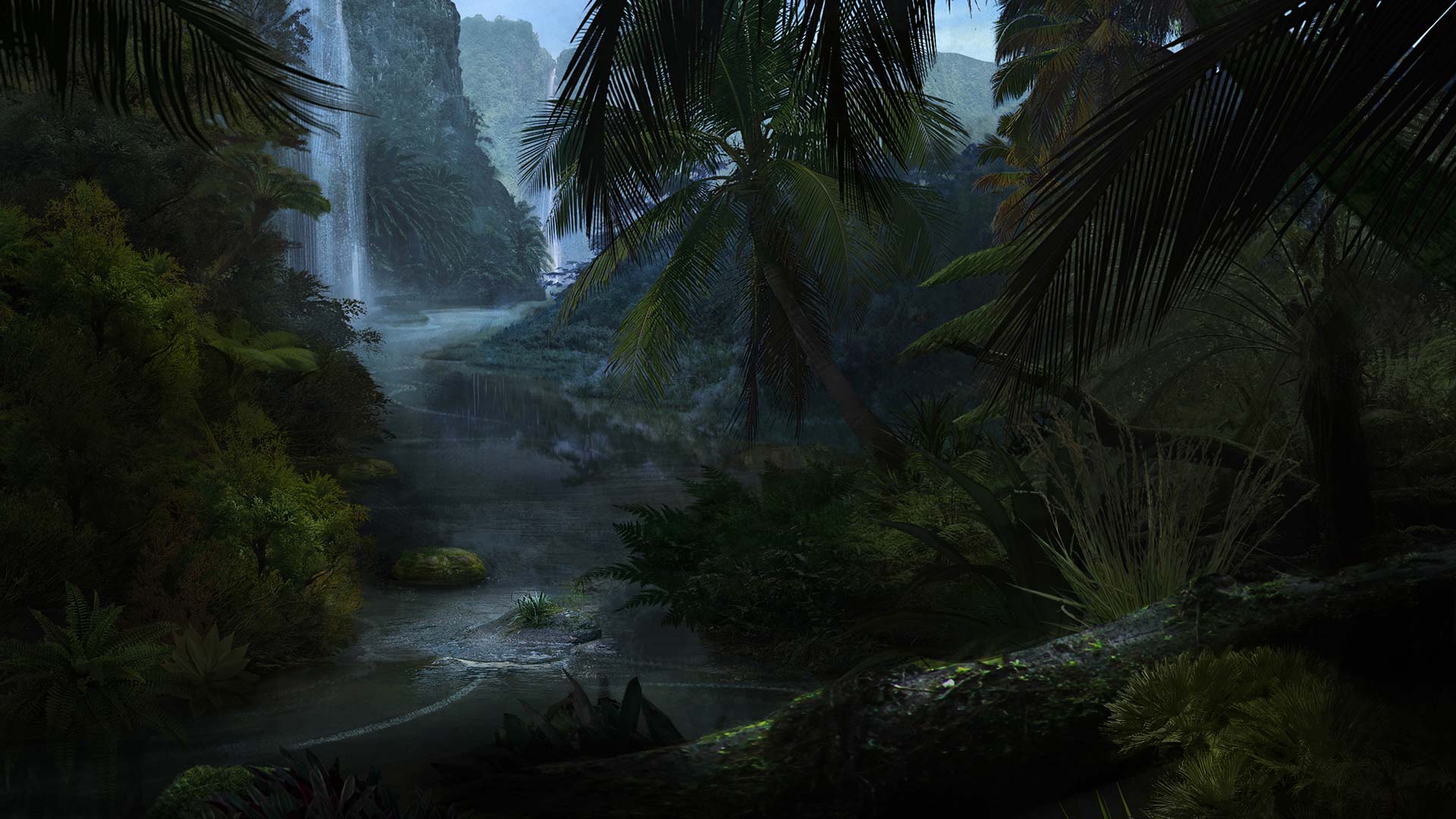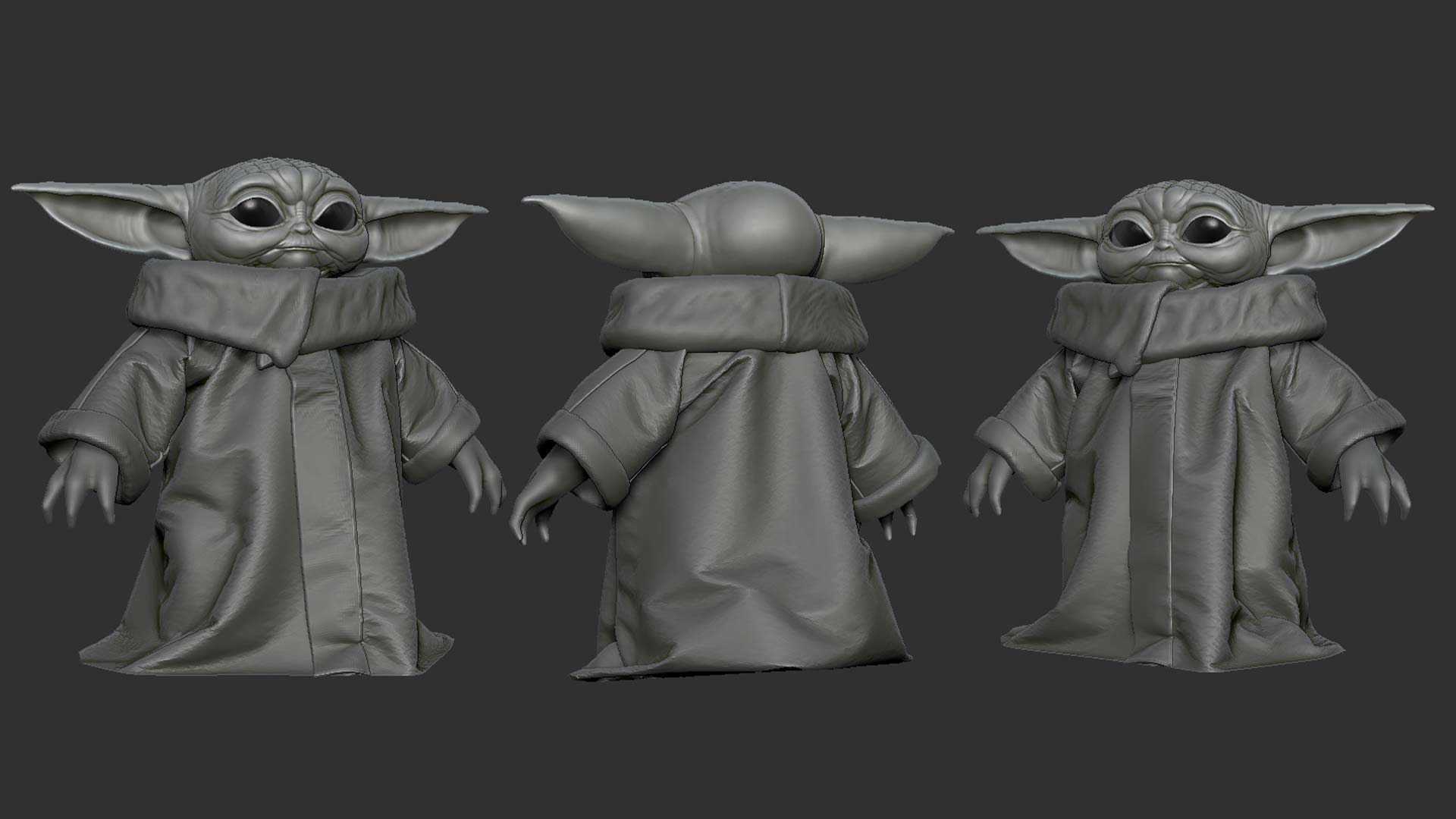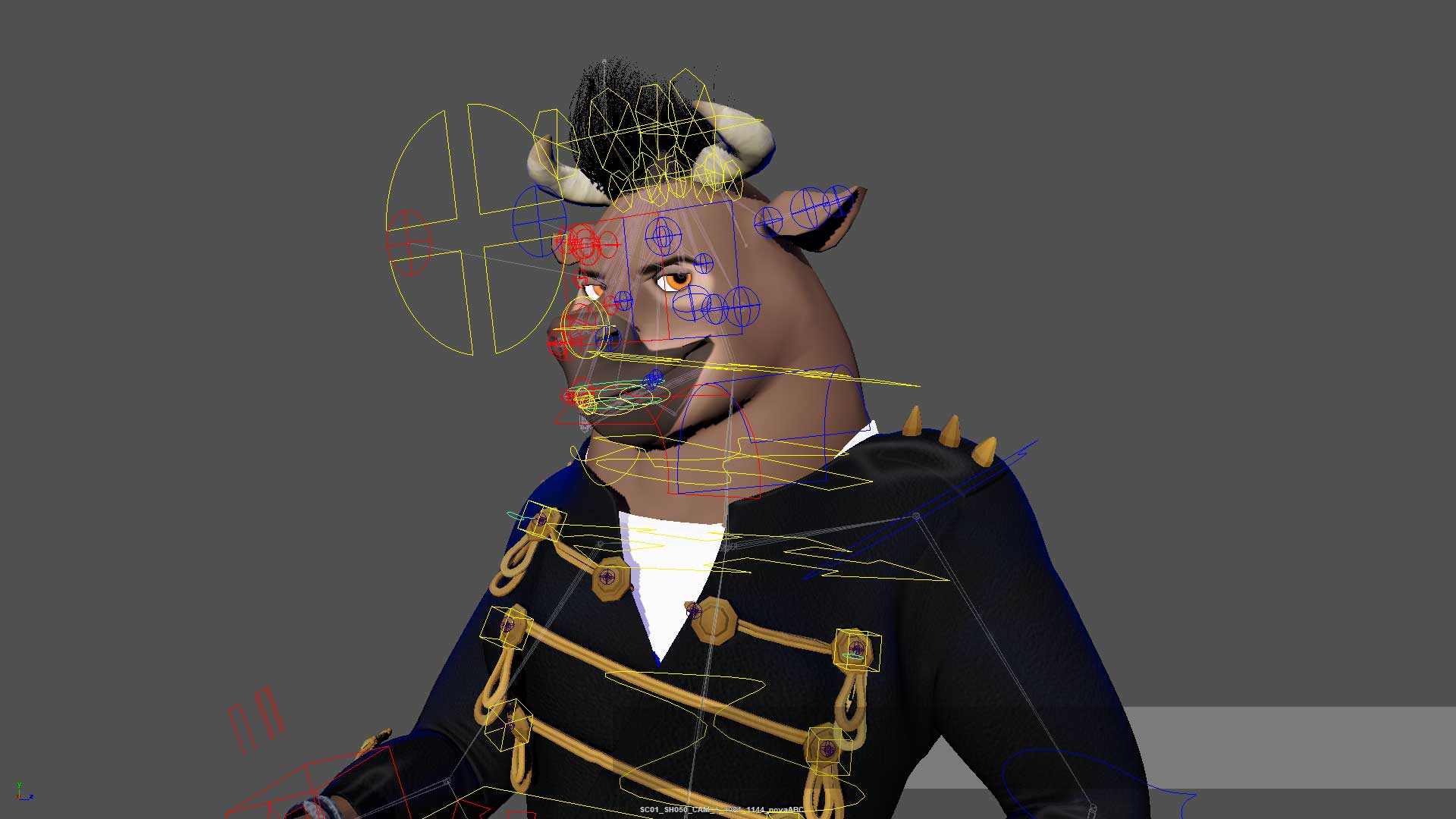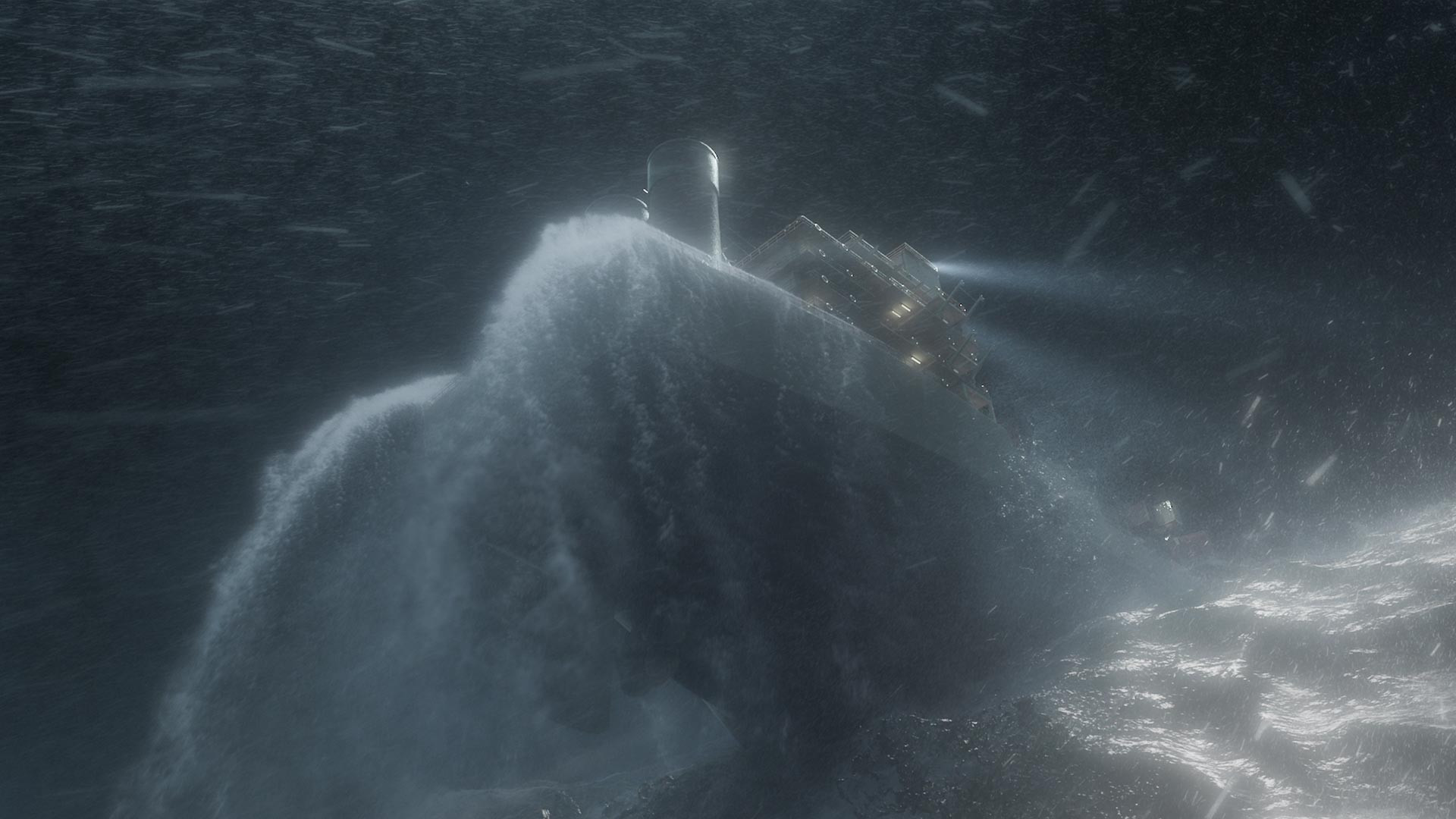Digital Lighting, Shadingand Rendering
Become a lighting artist!
Our specialized lighting design course will teach you the basic procedures and techniques that will help you present each object as realistically as possible.
You will get familiar with the common procedures when it comes to shading and lighting digital scenes, applicable in any software. You will learn to transpose everyday life experiences into 3D. To be specific, you will get practical tips on how to use cameras, lights, and shaders to produce photorealistic results. After finishing this course, you will be able to comprehend any design project and understand the thought process behind lighting a digital scene. Such skills will be of the utmost importance for creating all kinds of photorealistic renderings in the future.
The software available on this course is Arnold Renderer, one of the standards in production when it comes to offline renderers.
During the run of this course, you will get to feel like a real Lighting Artist on an actual VFX production. You will learn to choose suitable materials, textures, and other elements to create a convincing visual story. You will also get familiar with software packages that will make your scenes look authentic. The knowledge you will get on the course is applicable in the VFX industry, but also video games, architecture, advertising, and other areas.
When it comes to digital visualizations, lighting defines the focus and atmosphere in any scene and highlights the dominant mood. For a digital Lighting Artist, understanding aesthetics is just as important as technical knowledge. Therefore, after finishing the course, you will be ready for further endeavors in the field of digital lighting, whether you are looking for a job as an artist in gaming, film, or any other industry.
Introduction and overview of the course program
• Getting to know each other, assessing individual levels of experience and a general overview of the course contents
Theoretical introduction to light, color and materials and a short look at Arnold renderer
• Basic theoretical introduction
• A short look at Arnold renderer
Arnold settings
• Render settings
Shaders (materials)
• Types of material, description of the parameters and their application
• aiStandardSurface and all its settings: diffused, reflective, refractive, semi-transparent and sss materials
• Other materials, Ray switch, Hair, Mix shader, displacement, Utility shader, Ambient occlusion, Shadow matte
• Procedural shading
(Afterwards students are assigned exercises to create all types of material including rock, glass, fabric and milk on models from production.)
Lighting in Arnold
• Types of light: distant, spot, area, point, skydome, mesh, photometric
• Parameters of light
• Filters for light: gobo, light blocker, barndoor, decay
(After this lecture students are assigned their first “real” exercise where they are given an object with textures that they must shade)
Stand-ins (Proxy objects)
• About stand-ins
(Students will create massive scenes: forest, armies, rows of lamp posts, grass fields or something else interesting to practice stand-ins)
Hair
• Methods of rendering hair
(After this lecture students will illuminate and materialize the hair or fur on a model)
Skin
• Methods of rendering skin
(After this lecture students will illuminate and materialize the skin on a model)
Volume
• Open VBD
• Volume shading – aiStandardVolume
Camera
• Camera, camera settings, DOF, Motion blur
(We will observe how Arnold works with Motion blur and DOF on animated models from production)
AOVs
• Build in AOVs
• Light path expressions
Pipeline
• Why pipeline is important for light
(About the Alembic file format and its practical application)
Upon completion of the course students will receive the internationally recognized Autodesk Certificate of Completion, as well as the Crater Training Center Certificate.

Dušan Ković
Texture Painter/Lookdev Artist @ Autodesk
One of 3D Artist Magazine 100 most influential and talented artists in the world
Award-winning CG artist hailing from Novi Sad, Serbia, Dušan is a jack of many trades and a master of photo-realism. Starting his career in gaming, his passion for photo-realistic computer graphics quickly led him into VFX and film where he found his focus in texture painting, shading, lighting and rendering. A graduate of Graphic Engineering and Design, he is currently working for Autodesk as a Texture Painter/ Lookdev Artist and Arnold/ Maya beta tester. At Crater Training Center, he teaches Digital Lighting, Shading and Rendering course.
COURSE INFORMATION
TUITION
780 EUR price category 1*
1170 EUR price category 2*
VAT included.
* View pricing & payment options
Start date
2025
Check out the course calendar
COURSE DURATION
3 weeks (40 classes)
REQUIREMENTS
basic computer skills
Photoshop*
3D/VFX Essentials*
* or equivalent computer skills
ENROLLMENT
Online


